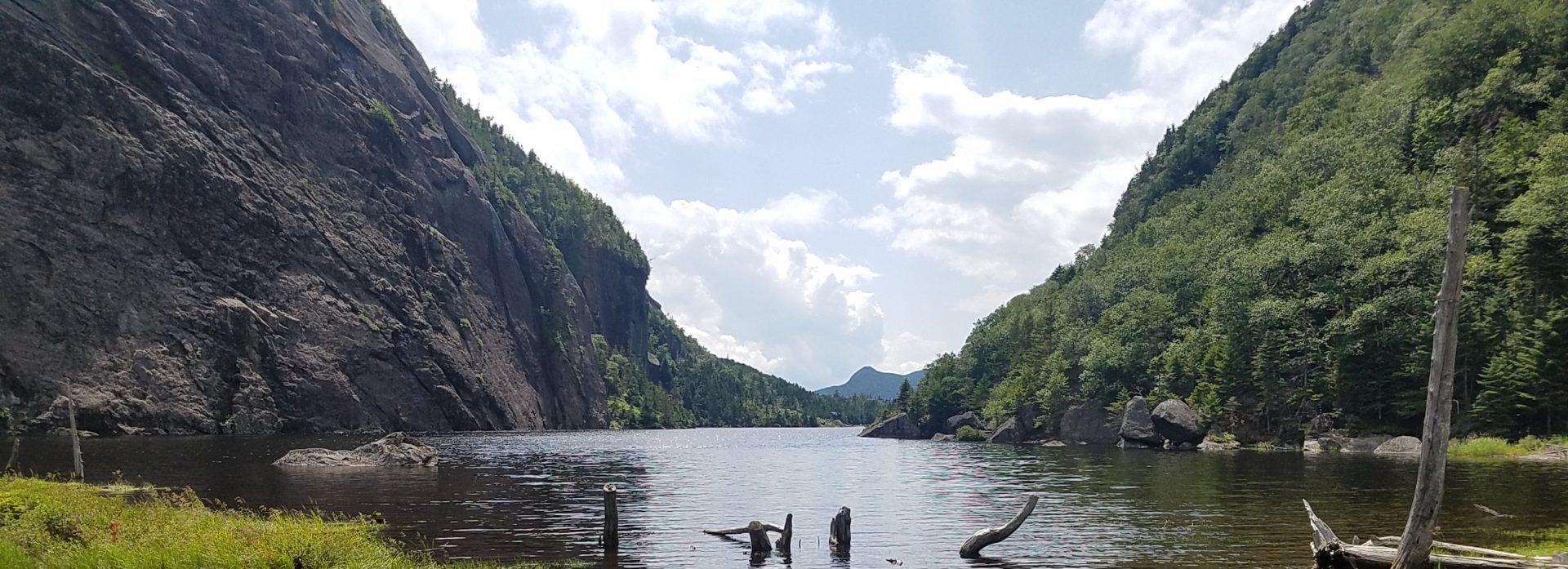Backcountry Skiing Leadership Requirements
This section provides the leadership requirements to obtain a backcountry skiing leadership. Backcountry skiing is a technical activity due to the extreme and unpredictable nature of winter, challenges in planning, gear usage, and group management presented in winter conditions.
Ghost Lead Requirements:
- Number of Ghostleads
- Backcountry skiing requires two ghost leads regardless of leadership standing.
- Basic First Aid and CPR Certification
- Clinic Requirements
- Attending a backcountry clinic is mandatory prior to taking out a ghost lead.
- A winter safety and hypothermia training is mandatory prior to taking out a ghost lead.
- Distance / Location
- There are no distance requirements.
- The trails must be new to the leader while being familiar with the local terrain.
- Who is a beginner?
- A beginner is someone who has never been on a SUOC backcountry trip before, but has experience in cross country or alpine skiing.
Tested Skills
Prior to the trip:
- Understand the differences between all gear and their uses:
- Know the basic differences between cross country, touring, and backcountry gear.
- Know the differences between bindings in the Eroom: split-board and three-pin.
- Know when to use other backcountry equipment such as ski crampons, ice tools, and their appropriate use.
- Know how to properly take care of skis.
- Know how to properly math and apply skins to skis/split-board, and demonstrate proper care on and off the snow.
- Know how to fix/replace broken equipment if needed, on or off the snow.
- Safety Skills:
- Understand how to properly layer clothing based on body heat/temperatures.
- Demonstrate knowledge of how to prevent, recognize and treat hypothermia and frostbite. This also means setting a group expectation of checking in with and watching one another for hypothermia and frostbite. You often can’t recognize you have it yourself!
- Demonstrate knowledge of avalanche safety equipment, including shovels, probes, and avy beacons, and their proper usage.
- Demonstrate having knowledge of weather forecast, recent snowfall, and potential avalanche dangers as well as local terrain, assess ability of the group to carry the essential gear, and plan a trip accordingly.
- Understand the risks of backcountry/mountain travel, including tree wells, blizzards, ice and avalanches.
- Email the group a trip itinerary before the trip with:
- Proper layering information based on weather conditions.
- Details on location, timing and trip expectations.
- Have a callout AND the numbers and addresses of the closet hospital/urgent care.
- Show beginners how to properly fit helmets, backpacks, poles, boots and skis to an individual.
- Teach beginners how to take care of skis on the trail to avoid potential damage to equipment.
On the trip:
- Demonstrate and teach basic skinning/snowshoeing techniques.
- Demonstrate how to properly apply and remove climbing skins. ]
- Demonstrate how to use equipment properly: climbing bars, heel cables, boot settings, etc.
- Demonstrate how to navigate through terrain, including ascent and descent, and ability to read a compass and topographic map.
- Demonstrate risk and group management skills; check in with beginners about comfort level, warmth and keep morale up.
- Encourage the love of skiing and winter to the group, especially beginners, share your passion and teach it! The more excited you are, the more excited they will be! Otherwise you’re just cold 😃
Recommended Additional Skills (Optional)
These are some basic ideas and knowledge backcountry leaders should know, regardless of whatever their area is:
- Alpine/AT/Telemark Skiing:
- Understand the Alpine/AT/Telemark binding and boot system.
- Understand the basic Alpine/telemark turn, including lead leg and how to stop/slow down on skis.
- Understands the differences between the various skis, and potential problems they may encounter.
- Snowboarding/Split-boarding:
- Understand the basic snowboard/split-board binding and boot system.
- Understand the difference between goofy and regular.
- Understand the basic snowboard turn (toe and heel turns), and how to slow/stop on a snowboard.
- Understand the differences between the various bindings, and the potential problems they may encounter.
- Snowshoes:
- Understand how to properly fit and use a snowshoe.
IN PDF FORM:
